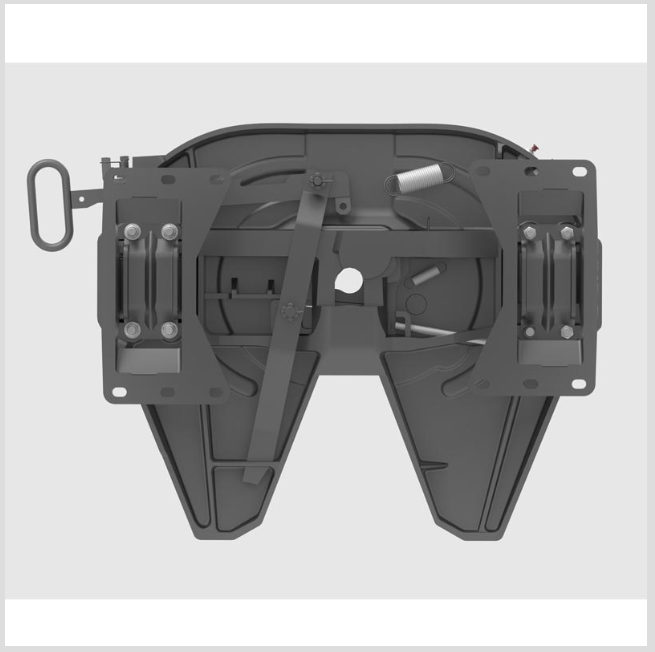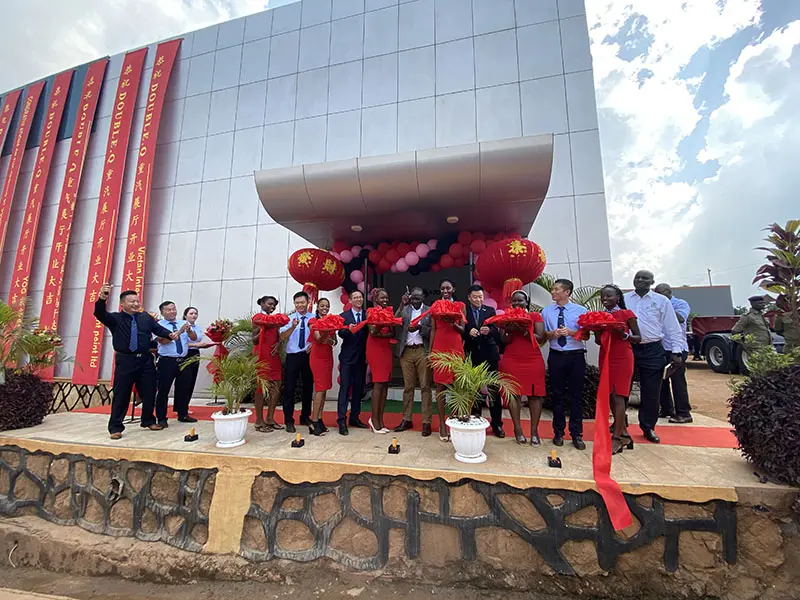Januari . 20, 2025 12:01 Back to list
5th wheel hitch parts
A fifth wheel is a hitch system used to connect a large trailer to the towing vehicle, typically a pickup truck. This type of coupling provides the stability and weight distribution necessary for towing heavy loads over long distances. In the realm of specialized trailers and RVs, understanding the components of a fifth wheel is essential for both novices and seasoned RV owners looking to improve their knowledge. The fundamental parts that comprise a fifth wheel setup offer unique advantages in terms of control and stability during travel.
Additionally, some fifth wheel configurations include the use of a slider mechanism. This feature is particularly beneficial for short-bed trucks, offering additional pivot clearance when reversing or during tight turns. Sliders function by allowing the hitch plate to move backward and forward within the mechanism, effectively increasing the distance between the trailer and the towing vehicle cab. As a result, sliders prevent potentially costly damages by avoiding collision risks between the two. However, users must exercise caution when utilizing the slider, ensuring it is locked in place while traveling straight to prevent unnecessary sway or instability. The trailer-side components include the fifth wheel pin box, which houses the kingpin. This part not only ensures smooth articulation between the trailer and hitch plate but also aids in shock absorption, thus protecting both the towing vehicle and trailer from road impacts. Some modern pin boxes are equipped with dampening technologies designed to reduce noise and chatter, enhancing the comfort of the travel experience. It is advisable to select pin boxes with rubber cushioning or air bags for improved ride quality, especially on uneven terrains. Lastly, any fifth-wheel towing setup should incorporate appropriate safety measures, such as brake controllers and breakaway systems. Brake controllers manage the trailer’s brakes, synchronizing them with the towing vehicle to provide balanced stopping power, reducing brake wear, and improving overall travel safety. Breakaway systems are crucial for emergency scenarios, automatically activating the trailer’s brakes if it becomes detached from the towing vehicle, thereby preventing accidents and potential injuries. In conclusion, understanding the intricacies and components of a fifth wheel system is integral for optimal safety and performance. By paying careful attention to each part and conducting regular inspections and maintenance, you ensure both a secure connection and a smoother, more enjoyable towing experience. Expertise in handling these elements not only increases travel efficiency but also boosts confidence, whether you're embarking on an extensive road trip or transporting goods across miles of open highway. Trusted models and components from reputable manufacturers enhance your fifth wheel's reliability, providing peace of mind for every journey.


Additionally, some fifth wheel configurations include the use of a slider mechanism. This feature is particularly beneficial for short-bed trucks, offering additional pivot clearance when reversing or during tight turns. Sliders function by allowing the hitch plate to move backward and forward within the mechanism, effectively increasing the distance between the trailer and the towing vehicle cab. As a result, sliders prevent potentially costly damages by avoiding collision risks between the two. However, users must exercise caution when utilizing the slider, ensuring it is locked in place while traveling straight to prevent unnecessary sway or instability. The trailer-side components include the fifth wheel pin box, which houses the kingpin. This part not only ensures smooth articulation between the trailer and hitch plate but also aids in shock absorption, thus protecting both the towing vehicle and trailer from road impacts. Some modern pin boxes are equipped with dampening technologies designed to reduce noise and chatter, enhancing the comfort of the travel experience. It is advisable to select pin boxes with rubber cushioning or air bags for improved ride quality, especially on uneven terrains. Lastly, any fifth-wheel towing setup should incorporate appropriate safety measures, such as brake controllers and breakaway systems. Brake controllers manage the trailer’s brakes, synchronizing them with the towing vehicle to provide balanced stopping power, reducing brake wear, and improving overall travel safety. Breakaway systems are crucial for emergency scenarios, automatically activating the trailer’s brakes if it becomes detached from the towing vehicle, thereby preventing accidents and potential injuries. In conclusion, understanding the intricacies and components of a fifth wheel system is integral for optimal safety and performance. By paying careful attention to each part and conducting regular inspections and maintenance, you ensure both a secure connection and a smoother, more enjoyable towing experience. Expertise in handling these elements not only increases travel efficiency but also boosts confidence, whether you're embarking on an extensive road trip or transporting goods across miles of open highway. Trusted models and components from reputable manufacturers enhance your fifth wheel's reliability, providing peace of mind for every journey.
Previous:
Next:
Latest news
-
Heavy-Duty 5th Wheel Hitch for Sale - Secure Your Towing!
NewsAug.24,2025
-
Durable Germany Type Suspension for Heavy Duty Trucks & Trailers
NewsAug.23,2025
-
American Type Welding Suspension Series: Strong, Reliable Hooks
NewsAug.22,2025
-
Hezhen 1-3mm Luminous Stone- Shijiazhuang Land Auto Component Ltd.|Durability&High Luminosity
NewsAug.18,2025
-
Hezhen 1-3mm Luminous Stone - Shijiazhuang Land Auto Component Ltd.
NewsAug.18,2025
-
Hezhen 1-3mm Luminous Stone - Shijiazhuang Land Auto Component Ltd.|Durable & Versatile
NewsAug.18,2025
